
Tucked away between the Castlereagh River, in the intersection of the Oxley Highway, Macquarie Highway and Newell Highway, is the town of Gilgandra—population around 4,300—is a shining example of rural resilience and creativity.
In its third year, the Gilgandra Film Festival has grown into a treasured local tradition. Over two autumn nights, more than 250 people gathered at the local theatre and community spaces to laugh, cheer, and sometimes shed a quiet tear together—all in celebration of stories made by and for the people of Gilgandra and its surrounding regions.
The festival opened with an evening dedicated to the youngest filmmakers—local school students. Entries came in from across the region, including the innovative School of the Air, where students learn remotely via radio and online connection from vast outback properties.
Their films, imaginative and full of heart, gave voice to the experiences of rural children—stories rarely seen on big screens.
Participating schools were honoured with trophies and certificates, cementing the importance of their voices in shaping the community’s cultural identity.
Saturday night featured a series of documentaries curated by the festival’s Artistic Director, Simon Target, a respected filmmaker known for his nuanced portraits of Australian life.
The films paid tribute to Gilgandra’s "Local Heroes"—everyday people who make extraordinary contributions without seeking the spotlight.
This year, the NRMA joined the festival with a mission: to enhance the experience for both locals and visitors through fun, connection, and a bit of innovation.
As one of Australia’s oldest and most trusted member organisations, the NRMA has long been a part of Gilgandra life. In fact, 64% of registered drivers in town are NRMA members, a testament to the organisation’s deep roots in regional NSW.
At the festival, NRMA staff set up a special movie treats station, serving over 200 bags of freshly popped popcorn and 150 colourful snow cones. What made this treat station especially remarkable was its power source: the NRMA’s Hyundai Ioniq 6 “PLUGIT”, showcasing Vehicle-to-Load (V2L) technology.
This same tech can provide off-grid power during bushfire recovery, storm outages, or—as seen here—community film festivals. It was a powerful demonstration (literally) of how electric vehicles can do more than drive—they can give back.
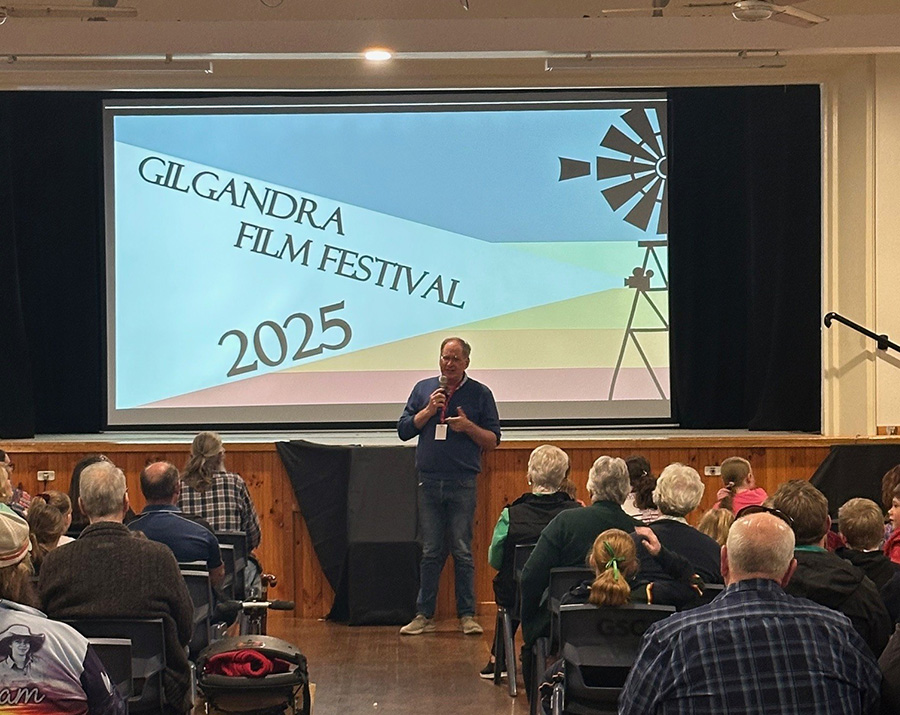
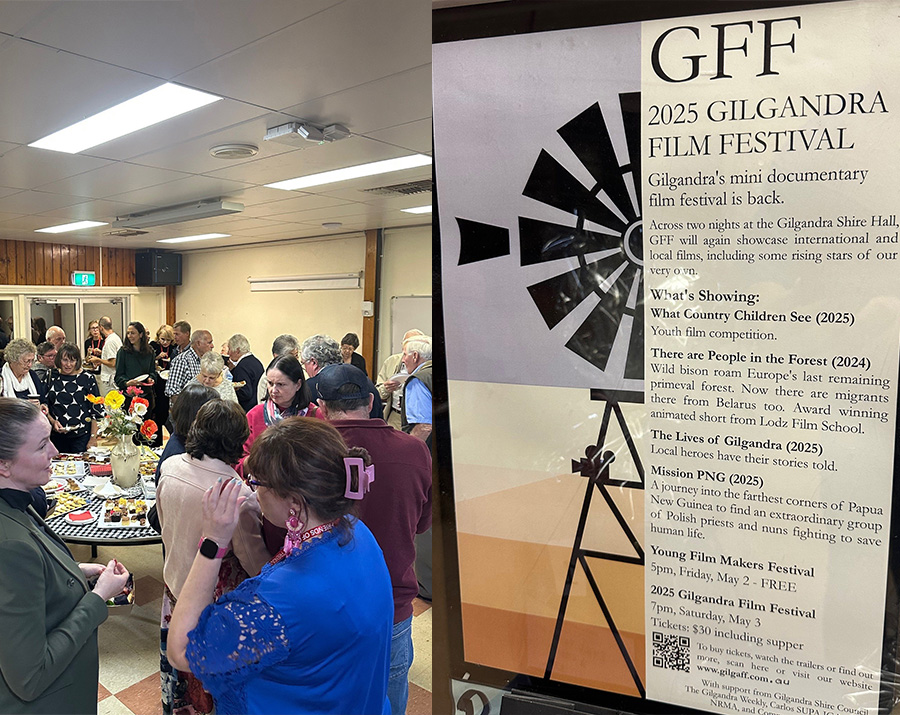
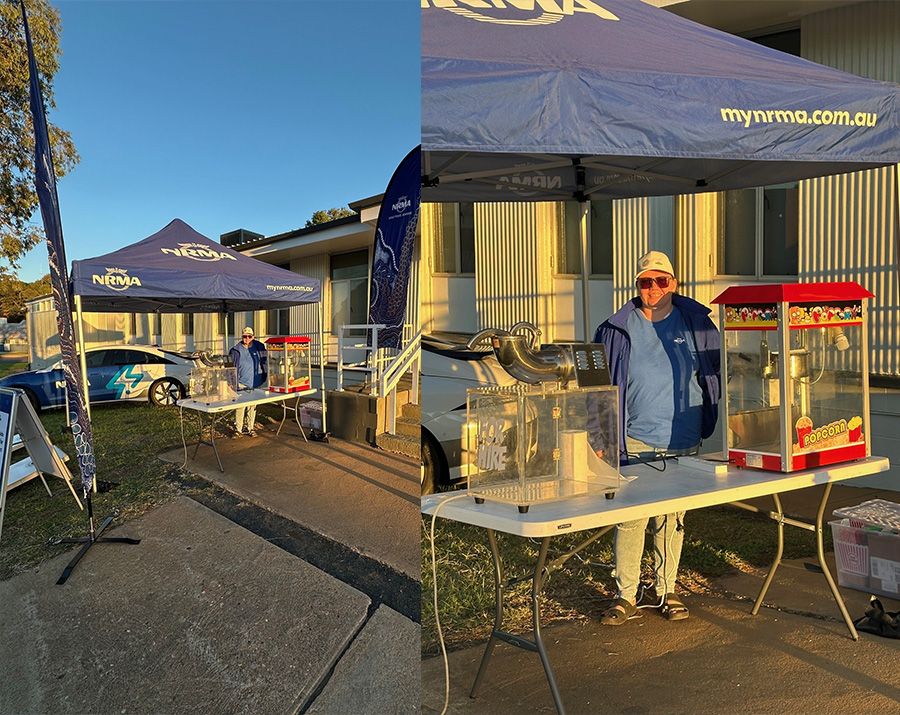
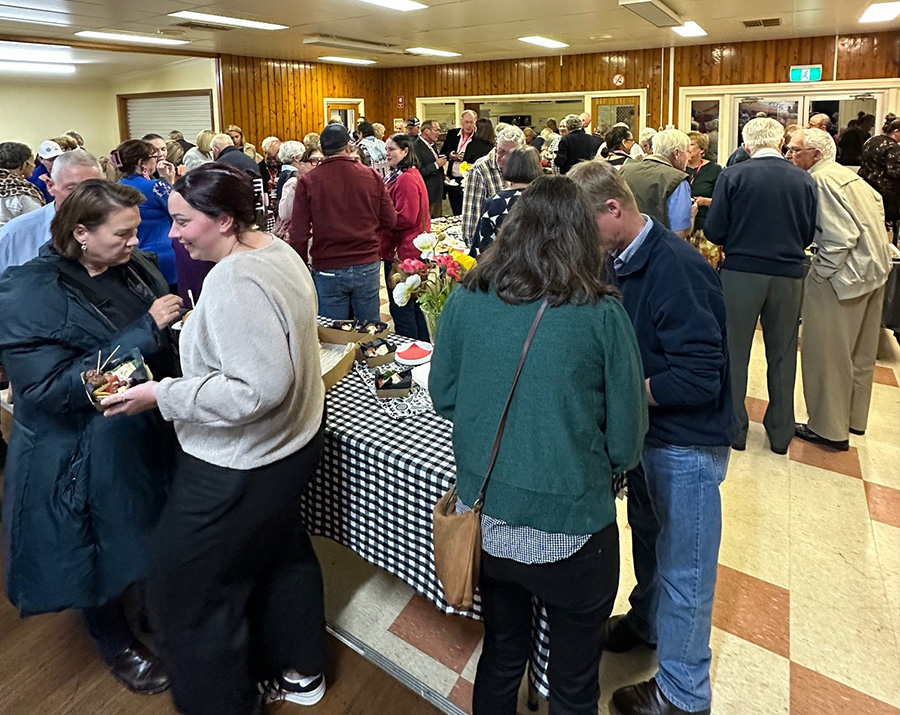
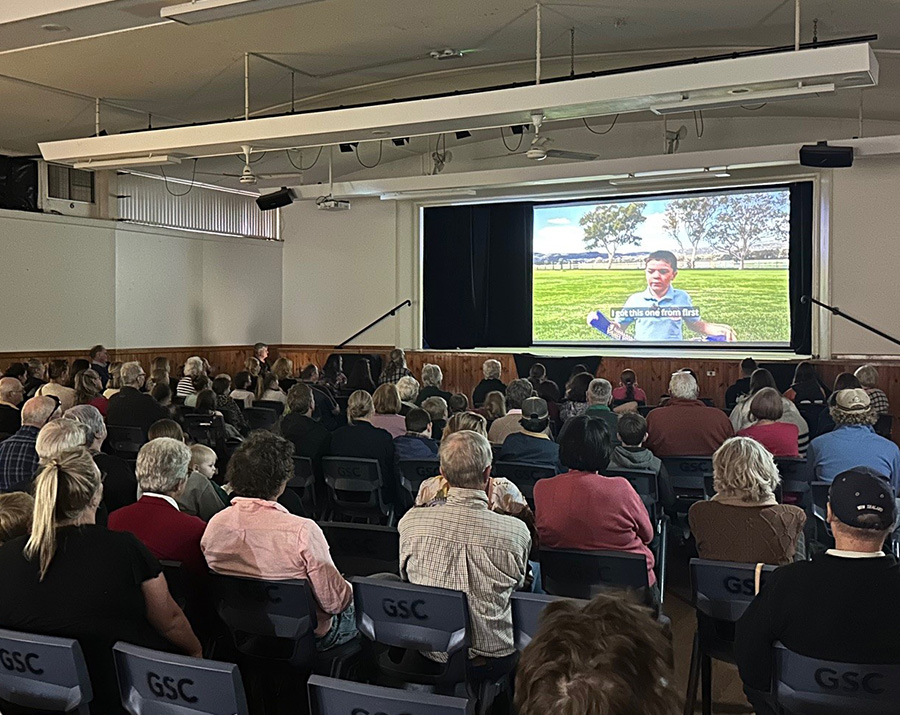
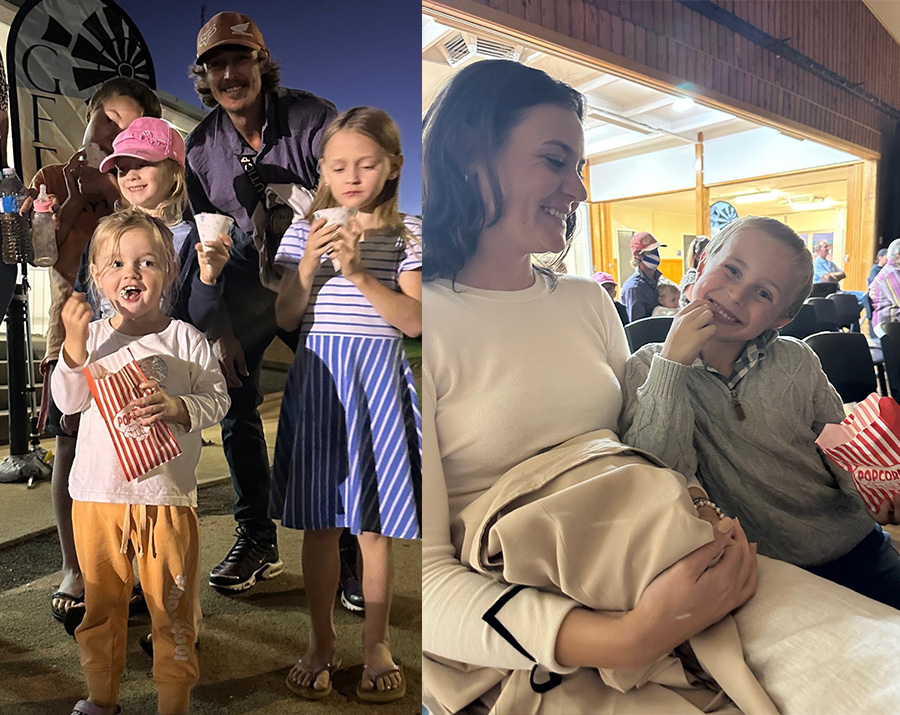
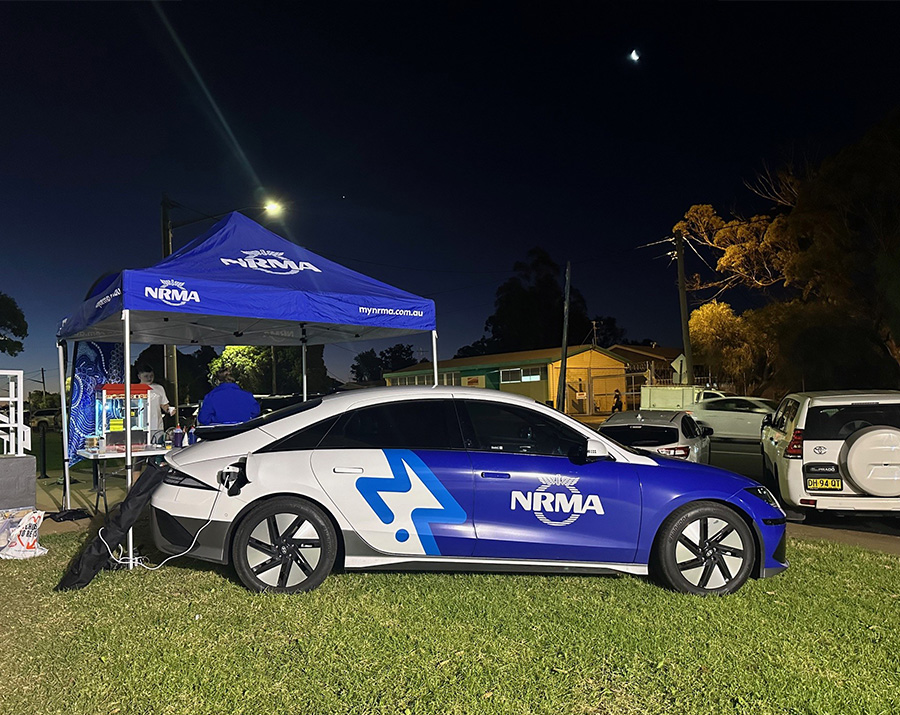
Adding to the warmth of the event, the local Country Women’s Association (CWA) prepared and served hearty suppers both nights. In true CWA fashion, the food was nourishing, delicious, and deeply appreciated by all who attended.
The NRMA also brought along three raffle prizes: two RSA memberships and a one-night family stay at an NRMA Park. All three prizes were won by long-standing NRMA members, with a combined membership of over 120 years.
One lucky winner was especially thrilled—he’s planning to use the getaway voucher to attend his granddaughter’s wedding later this year.
Gilgandra is no stranger to doing things their own way. Known as the birthplace of the Coo-ee March in 1915—when a group of local men walked 500 km to Sydney to enlist in World War I while calling “Coo-ee!” to rally others to join them—the town has a proud legacy of leadership and unity.
That spirit lives on in events like the Film Festival, which combine creativity, community, and a celebration of place. The NRMA’s enthusiastic participation in the festival reminded locals that they are still very much part of the bigger picture.
With the NRMA's fast EV charger already installed in Gilgandra and a Country Solutions Centre (CSC) site active in town, the organisation remains committed to supporting the future of regional communities.
As the credits rolled and the popcorn machines cooled down, a new idea began to bubble up: Could the NRMA help power an outdoor cinema in a paddock next year? A starry sky, a glowing screen, and the whisper-quiet hum of an EV quietly powering it all—it’s a vision that fits Gilgandra perfectly.
Until then, the 2025 Gilgandra Film Festival will be remembered not just for its films, but for the way it brought a town together—with stories, supper, snow cones, and the enduring Australian spirit of community.